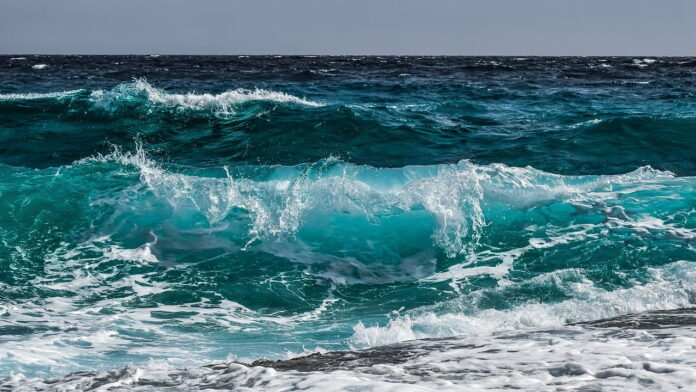The world’s oceans are integral to the health of our planet, supporting a vast array of life forms and influencing global climate systems. However, they face a growing threat from ocean acidification, a phenomenon that could have profound implications for marine biodiversity and human societies.
Causes of Ocean Acidification and Its Progression
Ocean acidification is primarily caused by the uptake of carbon dioxide (CO2) from the atmosphere. When CO2 dissolves in seawater, it reacts with water to form carbonic acid, which then dissociates to release hydrogen ions, lowering the ocean’s pH. This process has been exacerbated by the increased burning of fossil fuels and deforestation over the past two centuries, leading to higher atmospheric CO2 levels than at any point in the last 800,000 years. The progression of ocean acidification is thus closely linked to human activities that emit CO2, making it a critical issue in discussions about climate change and environmental sustainability.
The rate at which ocean acidification has been occurring presents additional concerns. Since the onset of the Industrial Revolution, the ocean’s surface pH has dropped by approximately 0.1 units, which might seem small but represents about a 30% increase in acidity. This change has occurred at a rate much faster than any known change in ocean chemistry in the Earth’s history, leaving little time for marine organisms to adapt or evolve. The progression is expected to continue, driven by ongoing CO2 emissions, with models predicting further decreases in pH by as much as 0.3-0.4 units by the end of the century if significant mitigation measures are not implemented.
Impact on Marine Biodiversity and Ecosystems
The impacts of ocean acidification on marine biodiversity are both direct and indirect. Calcifying organisms such as corals, mollusks, and some plankton are among the most affected. These organisms rely on calcium carbonate to build their shells and skeletons. Increased ocean acidity reduces the availability of carbonate ions necessary for calcification, leading to weaker structures and increased vulnerability to predation and disease. This can have cascading effects on the broader ecosystem, particularly coral reefs, which are biodiversity hotspots and provide critical habitat for up to a quarter of all marine species.
Beyond calcifying organisms, the broader ecological impacts are profound. Changes in species composition and reductions in biodiversity can alter food web dynamics and ecosystem services such as fisheries, which many human communities rely on for food and economic activity. Furthermore, ocean acidification can act synergistically with other stressors like warming waters and deoxygenation, compounding the overall impact on marine life. This complex interplay of factors makes predicting the full extent of impacts challenging but underscores the potential for widespread ecological disruption.
Future Outlook and Mitigation Strategies
Addressing the challenge of ocean acidification requires both global and local actions focused on mitigation and adaptation. At the global level, the most effective strategy is to reduce CO2 emissions, which involves transitioning to renewable energy sources, enhancing energy efficiency, and developing carbon capture and storage technologies. International cooperation is crucial, as the benefits of reduced acidification are shared globally. The implementation of international agreements that aim to curb carbon emissions is therefore essential for mitigating the progression of ocean acidification.
Locally, strategies can include protecting and restoring ecosystems that can naturally sequester carbon, such as mangroves, seagrasses, and salt marshes. These habitats not only help buffer the impacts of acidification but also protect shorelines and support marine life. Additionally, regulations that reduce nutrient runoff can decrease local acidification hotspots and improve water quality. Finally, investing in research is critical to improve our understanding of ocean acidification’s impacts and to develop innovative solutions that can enhance the resilience of marine ecosystems.
The future outlook on ocean acidification is dependent on our actions today. By implementing effective mitigation strategies and investing in scientific research, we can hope to preserve marine biodiversity and maintain the health of our oceans. As we move forward, it will be crucial to integrate ocean acidification into broader environmental and economic policies to address this pressing issue comprehensively.
